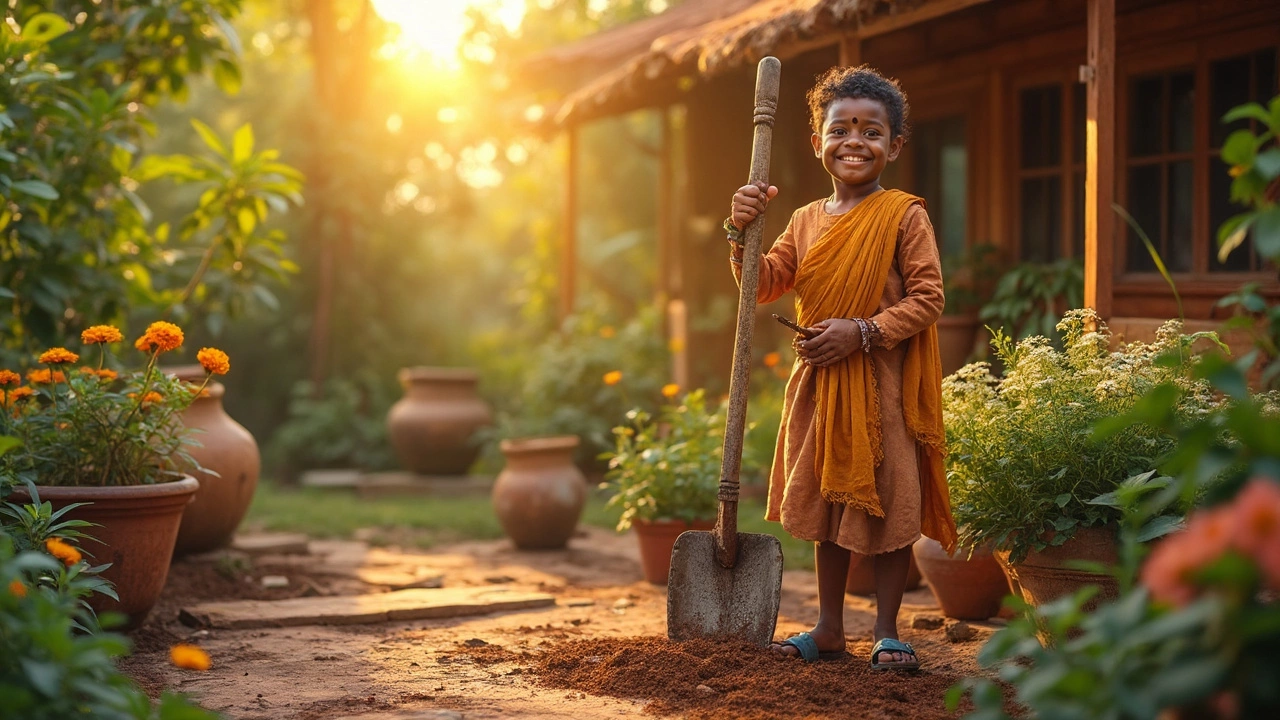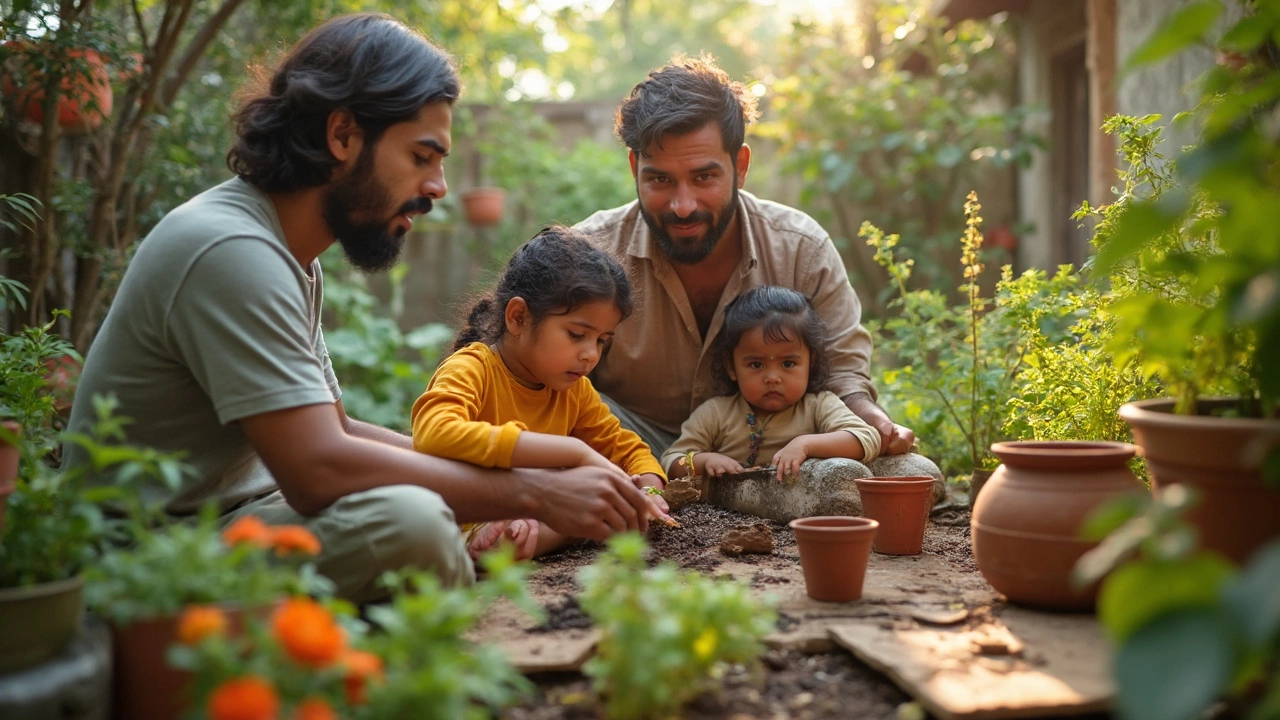So many garden tools exist, but which one matters most? This article digs into the single most important gardening tool and tells you why it’s crucial for beginners and pros alike. You'll get useful insights, some fun facts, and practical tips on tool care and alternatives. Even if you’re just starting out, you’ll learn how to make the most of your garden with the right gear in hand.
Beginner Gardening: Simple Starts for Indian Home Gardeners
When you start beginner gardening, the first step in growing your own food or flowers without feeling overwhelmed. Also known as home gardening, it’s not about having a big yard or fancy tools—it’s about understanding what works right where you live. In India, where summers hit hard and monsoons pour down, gardening doesn’t mean copying what you see in Western magazines. It means working with your climate, your space, and your rhythm. Whether you’re on a balcony in Mumbai, a terrace in Delhi, or a small plot in Kerala, garden soil, the foundation of every healthy plant is your most important ally. Most beginners think they need to buy expensive soil, but the truth? You can fix heavy, dense clay or dry, sandy soil with simple things like compost, leaf mold, or even crushed dry leaves. You don’t need to wait for spring to begin—just start with what’s already around you.
Another big mistake new gardeners make? Thinking they need to water every day. In India’s heat, overwatering kills more plants than neglect. That’s why composting, turning kitchen scraps into rich, dark soil food is one of the smartest habits you can build. It’s cheap, it reduces waste, and it gives your plants exactly what they need without chemicals. You don’t need a big bin—just a bucket with holes and some brown material like dry leaves. In just a few weeks, you’ll have dark, crumbly compost that turns poor soil into something plants love. And when you’re ready to grow something, pick easy wins: basil on your balcony, chillies in a pot, or marigolds in a broken bucket. These aren’t just pretty—they’re forgiving. They teach you how to read your plants: drooping leaves mean water, yellowing means too much, and new buds mean you’re doing something right.
Most of the posts below come from real gardeners in India who started exactly where you are—no experience, just curiosity. You’ll find out why hydrangeas fail on south-facing balconies, how to fix clogged drip lines without calling an expert, and which plants bloom all year without needing constant care. You’ll learn what rabbits really eat (yes, they love zinnias), why rice can’t regrow on its own, and how to make your soil light enough to plant with your hands. This isn’t theory. It’s what works when you’re short on time, space, or money. If you’ve ever felt like gardening is too hard, too expensive, or too complicated—this collection is your reset button. Start here. Grow slow. Watch what happens.
Starting a sustainable garden doesn’t need to be complicated or expensive. This article will walk you through simple steps to grow your own eco-friendly garden, focusing on practical techniques that save resources and support the local ecosystem. You'll find real-life tips on choosing the right spot, building healthy soil, picking smart plants, and managing your garden to use less water and chemicals. Whether you have a big backyard or a tiny balcony, these ideas will help you make a positive impact. Get ready to turn your outdoor space into a low-waste, green haven.

